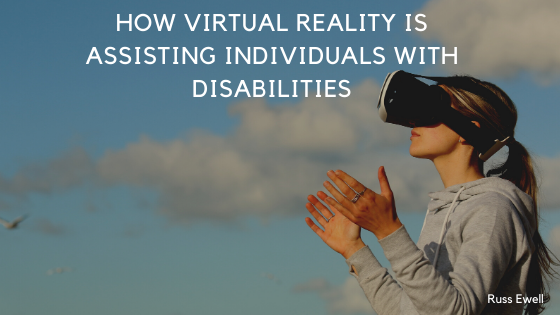Global Accessibility Awareness Day (GAAD) was launched in May of 2012. Ever since then, it’s been recognized on the third Thursday of May every year. Its purpose is to increase awareness about the digital options people with disabilities have. This is in hopes of generating innovative digital solutions to increase their ease of mobility. Virtual Reality (VR) technology has a strong potential for making learning easier for disabled men, women and children.
An Equal Playing Field
Distance learning is evolving at a rapid rate, and VR technology is the platform of choice for many educational companies. For example, ENGAGE is a virtual reality education and training platform that deeply immerses each student and teacher into their topic of study. The platform was built with the idea of helping the disabled learn just as effectively as those who are not disabled. In this platform, and similar ones, each student has an equal opportunity to learn and not feel hindered.
Navigating Virtual Worlds
For the physically challenged, a world of opportunities now exists to learn things they could have never learned before. VR technology is making it possible for those confined to wheelchairs to take their time learning how to get around their cities. They can now do this in a virtual world, while in the comfort of their living rooms. Or they can take part in sports activities that they never could have without VR technology. The wheelchair confined can learn about surfing sitting in their wheelchairs while standing up on their skateboards in the virtual world.
Increasing Attention Levels
Children, as well as adults with moderate to severe Attention Deficit Hyperactivity Disorder (ADHD), can learn with the help of these VR platforms. The learning environments are so stimulating and engaging, those with ADHD tend to remain engaged throughout the lesson and retain more of what they have learned. The VR headsets also cover their frame of view, cutting out distractions from the physical world. Autistic children can learn how to connect with others socially with the help of VR environments specially created for their individual needs.
The fact that these VR applications can be used in familiar environments is an added plus. While most VR headsets are out of many people’s financial reach, more affordable options, such as Google Cardboard, are compatible with smartphones and are much more affordable.

